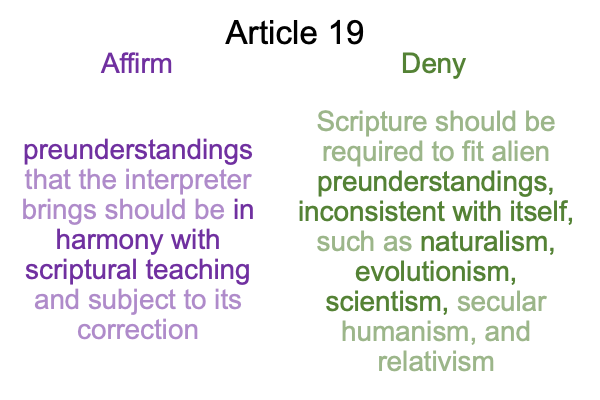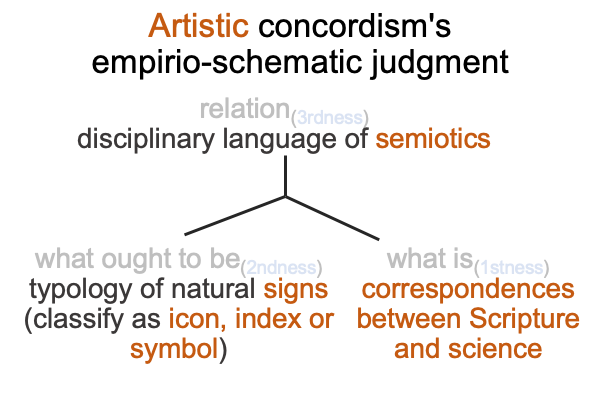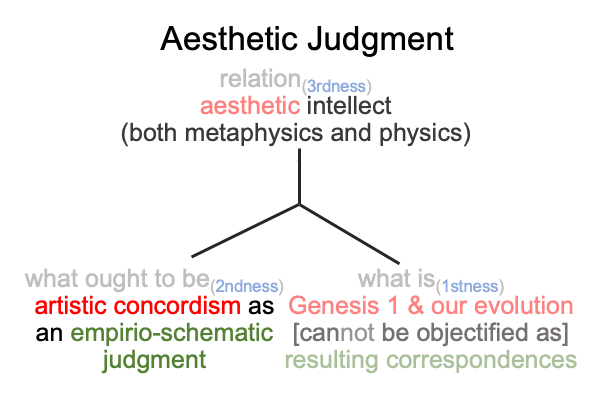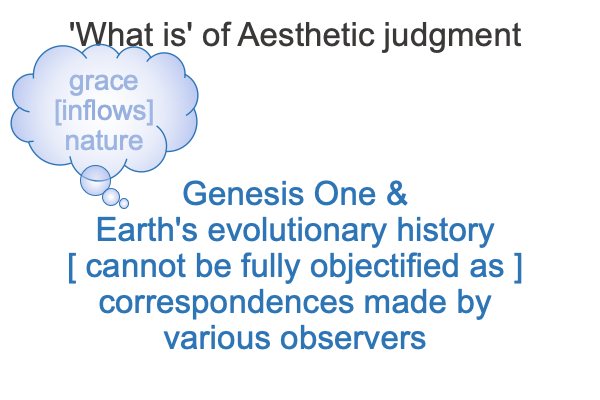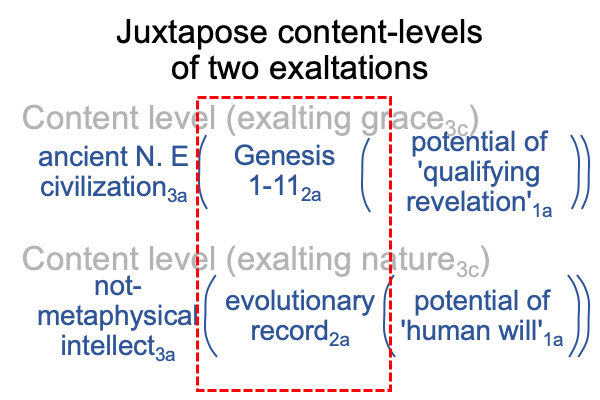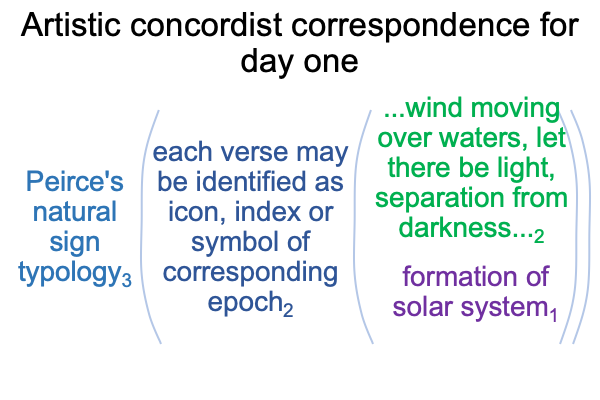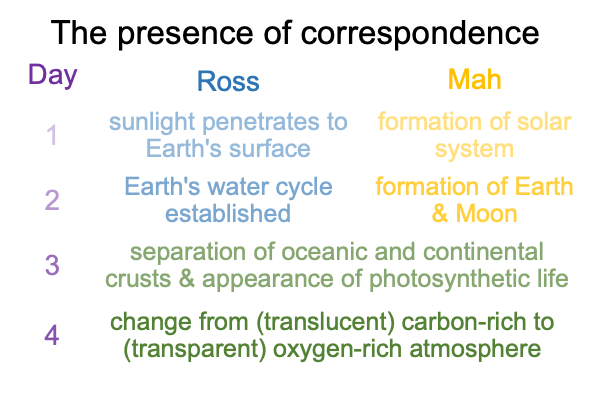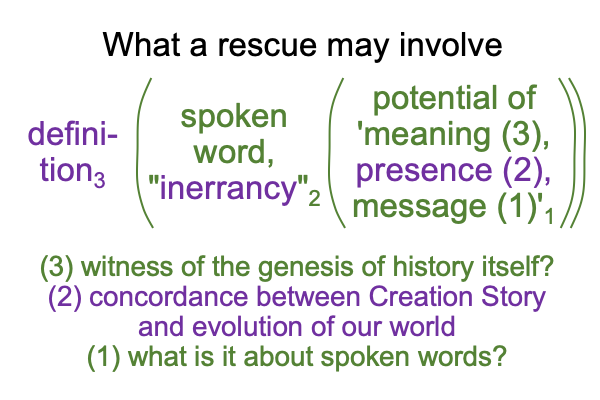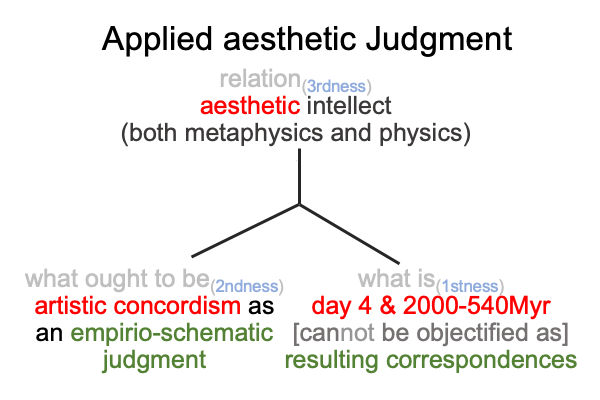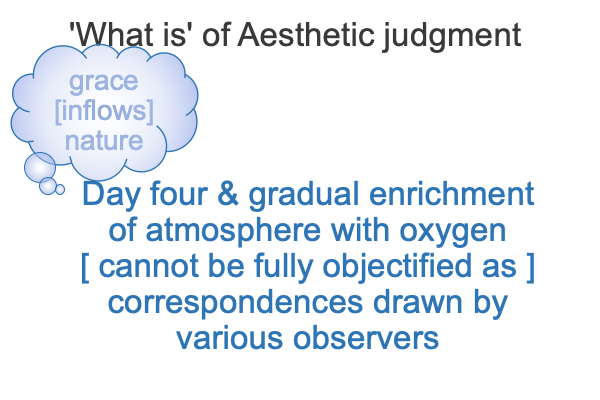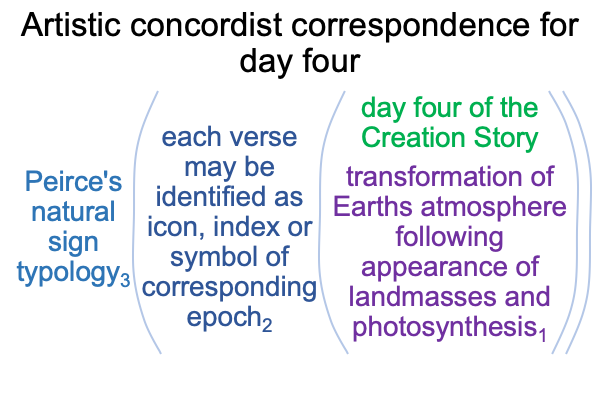Looking at Hugh Ross’s Book (2023) “Rescuing Inerrancy” (Part 12 of 25)
0091 Now, the ground has shifted so much in my parallel to chapters 1 through 4, that I wonder, “Should I go over the storyline again?”
Before the 1200s, scholars regard the human thing as grace [inflows] nature.
By the 1200s, grace and nature became more and more distinct and separated.
After all, they are spoken words. Plus, the theology of grace [inflows] nature does not allow scholars to explore the fact that different labels imply different referents. If intellectuals are convinced of anything, it is the saying, “To name it is to know it.” Thinkers can name “grace” and “nature”, but they cannot know them without… um… pulling the terms away from one another. Completely. Let us forget that substance, [inflows], and consider the terms in themselves.
By the 1600s, two parties are apparent. One party elevates grace3 over nature1. The other party exalts nature3 over grace1. Both parties agree on the relation between grace and nature2. That agreement stands as an actuality2 that both parties share. The concept of dual revelation is in the Zeitgeist, as suggested when Galileo talks about the two books, the book of revelation and the book of nature.
By the 1900s, the judgments that constitute these two parties have unfolded, not merely into category-based nested forms, but into interscopes. A three-level interscope is a complete social construction. Maybe, the term, “worldview” will do. Each exaltation, grace3c or nature3c serves as the perspective-level normal context. A well-framed perspective-level actuality2c veils the actuality that “grace” and “nature” are distinct and separate2c. The perspective-level potential1c is adjusted to exclude the non-exalted term1c.
0092 By the 2000s, when Ross writes, certain concessions are apparent. Both content-level category-based nested forms distort.
On one hand (A), post-modern theologians argue that the normal context of the Bible2, especially of the Creation Story (Gen. 1-2.3) and of the Primeval History (2.4 to 11)2, is ancient Near Eastern civilization. This normal context allows the theologian to qualify revelation1. This is the topic of chapters 1 through 4 of the book under examination. Dual revelation in Church history and doctrine is covered in chapters 5 and 6.
On the other hand (B), Razie Mah’s blogs from July through October 2024, have been collected into a three-part e-book, Original Sin and the Post-Truth Condition (available at smashwords and other e-book venues). Post-modern expertise3b considers reason3a((1a)) for the average person to be an intellect3a operating on a human will1a. This intellect is not considered to be metaphysical. If not metaphysical, then what is it? A pale imitation of the positivist intellect? No, it the subject of manipulation, just like the mind of lab rat that is placed in a maze.
0093 With this (A and B) in mind, here is the interscope for exaltation of grace3c (A),

0094 One aspect of the theologian’s knowledge concerns what anthropologists have learned about civilizations of the ancient Near East over the past two centuries. On the content level, the normal context of ancient Near East civilization3a brings the actuality of Genesis 1-112a into relation with the potential of ‘qualifying revelation’1a. How is revelation to be qualified? Revelation1a cannot be independent of the cultural milieu of the ancient Near East.
0095 On the situation level, the normal context of salvation3b brings the actuality of the believer’s personal relationship with God2b into relation with the possibility of ‘the church”1b. What does the church do? Among other jobs, the church1b interprets meanings, presences and messages underlying the words in the Bible2a, including Genesis 1-11.
0096 For example, Saint Augustine, who knows nothing about the civilizations of the ancient Near East, proposes that the reason why Saint Paul calls Christ, “the second Adam”, is because we are all fallen. We are all fallen because each one of us is directly descended from Adam and Eve. Other proposals for how we are all fallen follow, such as “the disease model” and “the imputation model”. These proposals are weirdly, both theological and natural, because that is the way God created us.
0097 On the perspective level, the normal context of grace3c brings the actuality of redemption2c into relation with the possibilities inherent in ‘creation’1c.
And, it is worth noting that redemption2c in the exaltation of grace3c is like a blanket that covers the consensus that “grace” and “nature” are distinct and separable2c and the potential of ‘creation’1c is a similar cover for excluding the possibility of ‘nature’1c.
0098 Here is the interscope for the exaltation of nature3c (B).

One aspect of the scientist’s knowledge concerns the substitution of models for noumena, things themselves. The substitution gets around Kant’s slogan. A model (substituting for its noumenon) [can be objectified by] its phenomena. Doesn’t that sound great?
On the content level, the normal context of the positivist… well, maybe not strictly a positivist… perhaps, a “not metaphysical” intellect3a brings the actuality of scientific inquiry2a into relation with the possibility of the ‘human will’1a. The potential is a hallmark of the so-called “post-truth condition”. Ross does not discuss this aspect of science. Reason3a((1a)) justifies the immense social pressure that post-modern expertise3b places on those who help others towards salvation3b.
0099 Indeed, the title and subtitle of Ross’s book suggest that Biblical inerrancy might be rescued by a scientific defense, rather than the other way around. To me, this indicates that Ross has not imagined that modern science goes with the exaltation of nature3c in a judgment that has been around at least 800 years.
0100 Yes, the content-level nested form suggests that something else may be in play.
If Biblical inerrancy1b situates qualifying revelation1a in a way that ‘something’ gets revealed, then scientific institutions1b may situate ‘something’ true about the human will1a. For example, if the church realizes that the handless serpent conducts a sales pitch on poor Eve, then that lesson may apply to the way that a post-modern institution devoted to, say, “positivist education”, might conduct a sales pitch that confounds our reason, especially when reason3a((1a))manifests as the normal context of an intellect3a operating on the potential of the human will1a.
How often have people foolishly eaten from the tree of the knowledge of “value-free curriculum”, then learned to regret their choice.
0101 On the situation level, the normal context of expertise3b brings the actuality of a specialized job2b into relation with the potential of ‘an institution’1b. That institution1b situates the potential of the content-level nested form. In particular, a post-modern “scientific” institution1b situates, not the truth1b, but the human will1b. It makes me wonder about how certain funding sources seem to always come up with models1c that justify the wills of the leaders of their institutions1b and encourage each institution to reward certain scientists over others1a.
In the text, Ross mentions several encounters with funding agencies. These snippets are truly fascinating and support my impression that Ross’s enterprise, Reasons to Believe, is worth funding, not from above, but from below. I say, “Send a check to a researcher interested in truth1a, rather than the alternative1a.” Send a check to Reasons to Believe.
0102 On the perspective level, the normal context of nature3c brings the actuality of protocols2c into relation with the potential of ‘models’1c.
Plus, it is worth noting that protocols2c, in the exaltation of nature3c act like a blanket that covers the consensus that “grace” and “nature” are distinct and separable2c and the potential of ‘models’1c provides a similar cover for excludingthe possibility of ‘grace’1c.







